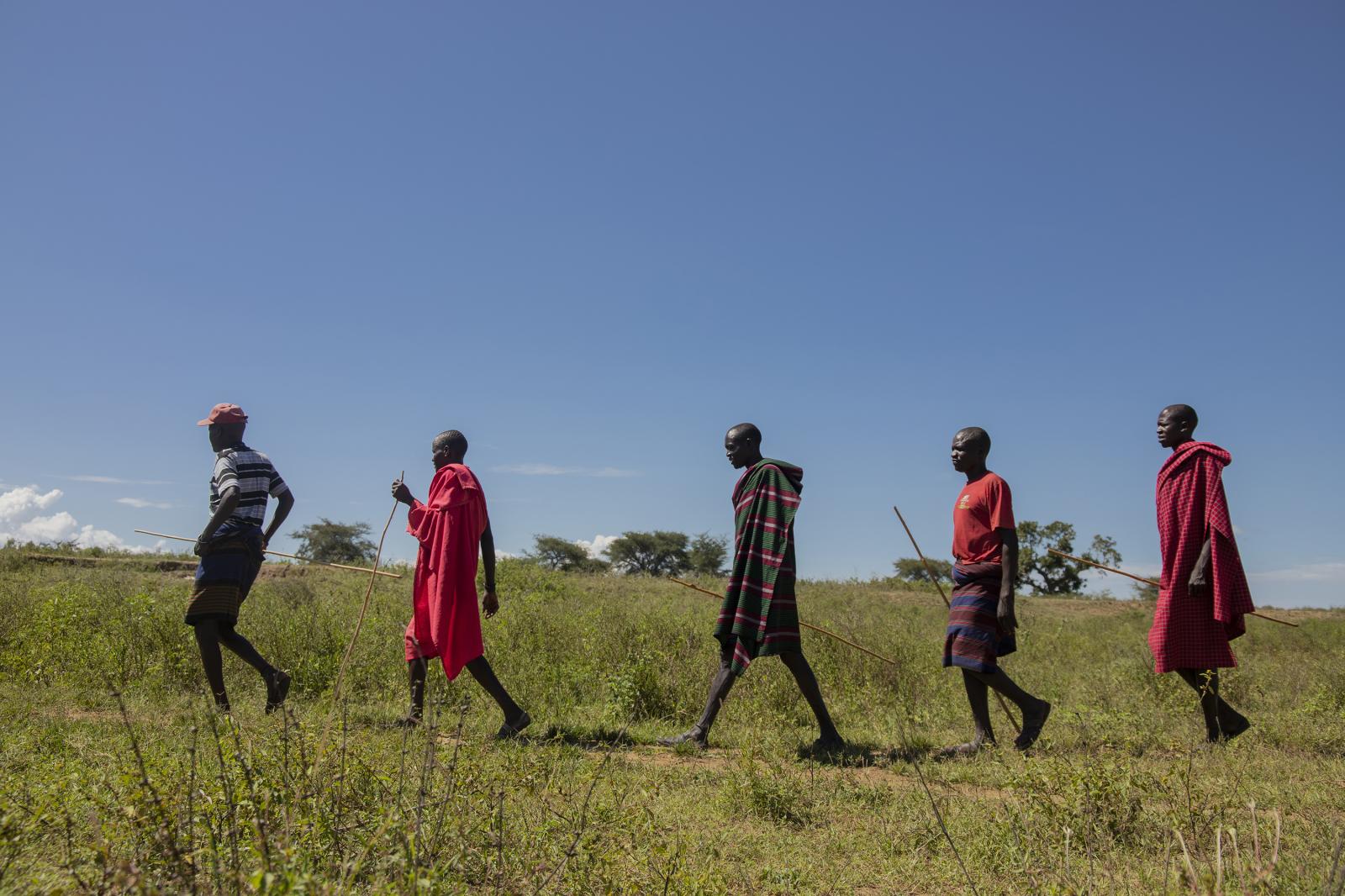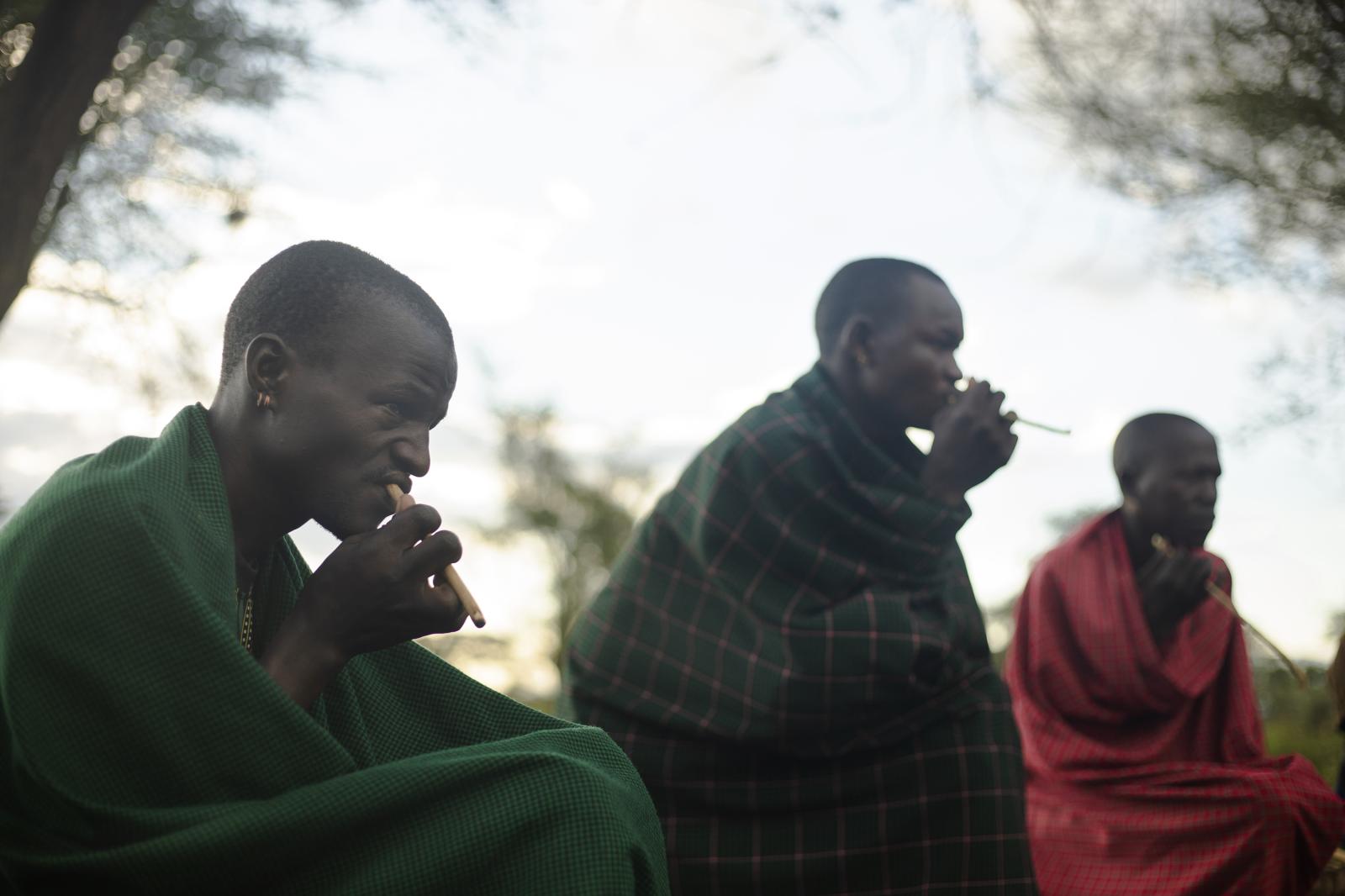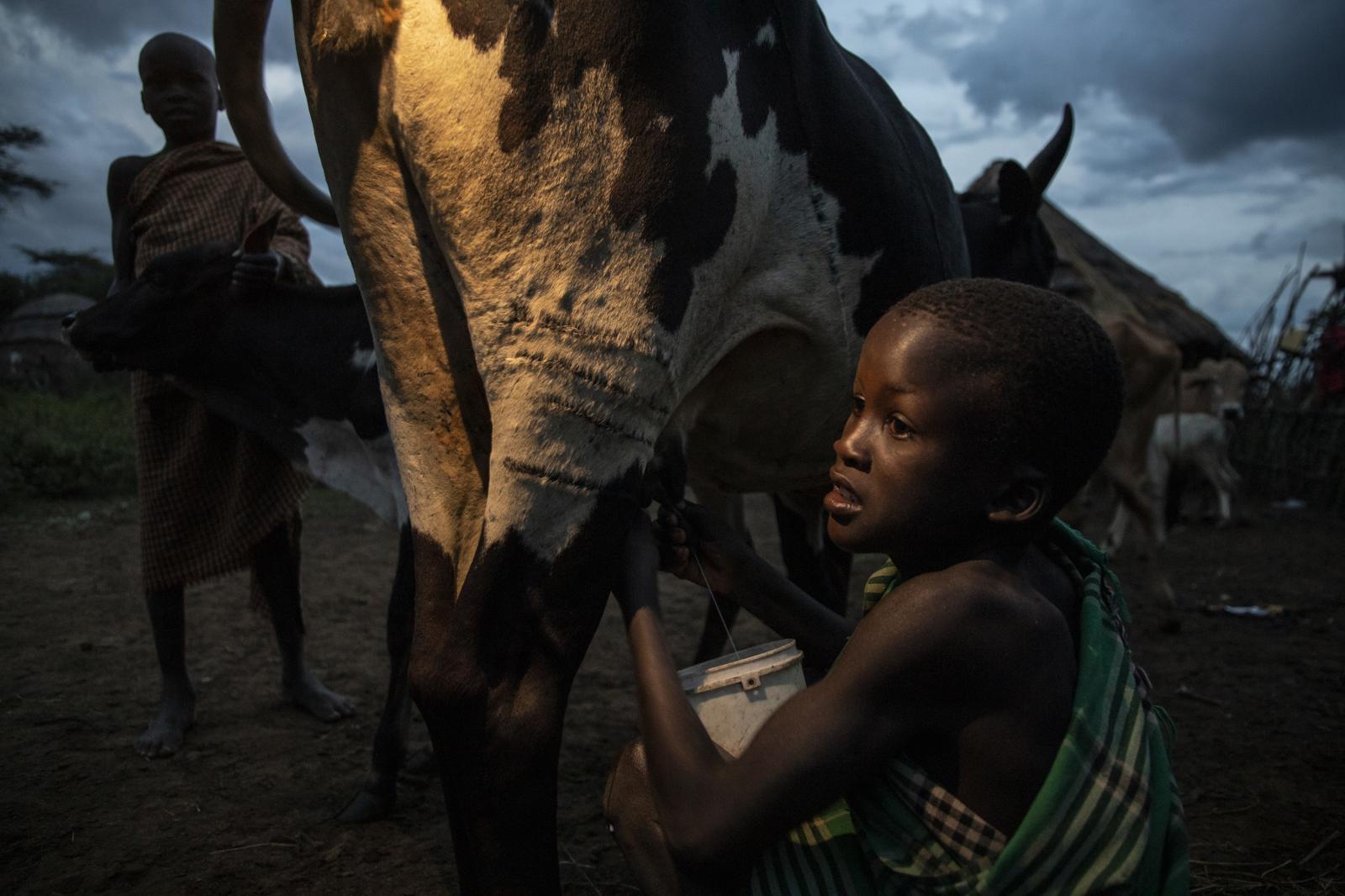This reporting was supported by InfoNile
Karamoja sub-region, located in northeastern Uganda, is characterized by harsh climatic conditions ranging from frequent droughts to high temperatures with hot and dry winds all year round. Since October 2021, the area has been experiencing a shift in weather seasons with erratic rains recorded across its nine districts; Abim, Amudat, Kaabong, Karenga, Kotido, Moroto, Nabilatuk, Nakapiripirit, and Napak.
This shift in weather seasons is disrupting the traditional lifestyle of cattle keepers, especially the pastoralist majority who, for generations, have relied on livestock as their main source of subsistence. Short scattered torrential rains have also increased soil erosion and land degradation, which has contributed to poor harvests and food insecurity.Dry season rains - In October 2021, anticipating a dry season, Amudat, Nakapiripirit and Nabilatuk realized an early onset of torrential rains, whereas Kotido and Kaabong districts experienced unpredictable rains. The patchy vegetation that sprouts in the wake of these flash floods are seen in different parts of the region.
Pastoralist ‘dropouts’ - Karamoja accounted for about 20 percent of Uganda’s total livestock, however, Irregular weather patterns coupled with the inconsistent rainfall supply have influenced a great number of pastoralist dropouts, according to Mathew Lumwinyi, an elder in Moroto district - Former herders have ventured into crop farming or small-scale businesses, but face challenges in crop agriculture due to lack of skills.
Expecting a dry spell, many decided not to cultivate in November 2021, increasing the food insecurity in the region. In Kotido district alone, Mathew Lumwinyi, an elder in the area, said that the number of Karamojong selling their livestock as a result of food shortage is growing, something that was very unusual before, given their sentimental attachment to the animals that made selling a near taboo.
Despite the erratic heavy rains, there is still a lack of enough water resources, especially for home use. Livestock can drink the surface water, unlike the pastoralists, since it can cause diseases.A looming hunger crisis - According to a 2014 study by Dr. Antony Egeru, a human ecologist and researcher on dry areas, there is a 70 percent likelihood that a crop planted in the Karamoja sub-region will fail because of the unpredictable rainfall. This essentially means that the community is operating in a difficult time as their fallback plan is no longer available, leaving the population at the risk of famine and drought.
A July 2021 report analysis by IPC also indicates that overall, the highly food insecure population in the region has progressively worsened, increasing from 27 percent in June 2020 to 30 percent in March 2021. This leaves children in households under acute malnutrition due to inadequate food access and contributes to the increase in cattle theft and raids.
Toward solutions, in an uncertain time - Amidst the challenges, several water sources and systems have been developed through government, NGO, and community efforts to help manage the crisis and climate variability.
At least six sources of water exist in the region, providing water for both human and livestock use: boreholes, windmills, ponds, valley dams, river beds, and rivers. During the desperate dry periods, people dig out sand in the river beds to reach the water.
Over the years, a series of valley dams have been constructed by the Ugandan government to provide continuous water for livestock and basic home use. These large-scale dams including Arecek-Nakicumet in Napak, Kobebe in Moroto, and Lomogol in Kotido, have also proved to be very useful in the region, especially in Moroto and Napak where the major dams have hardly dried since construction.





















